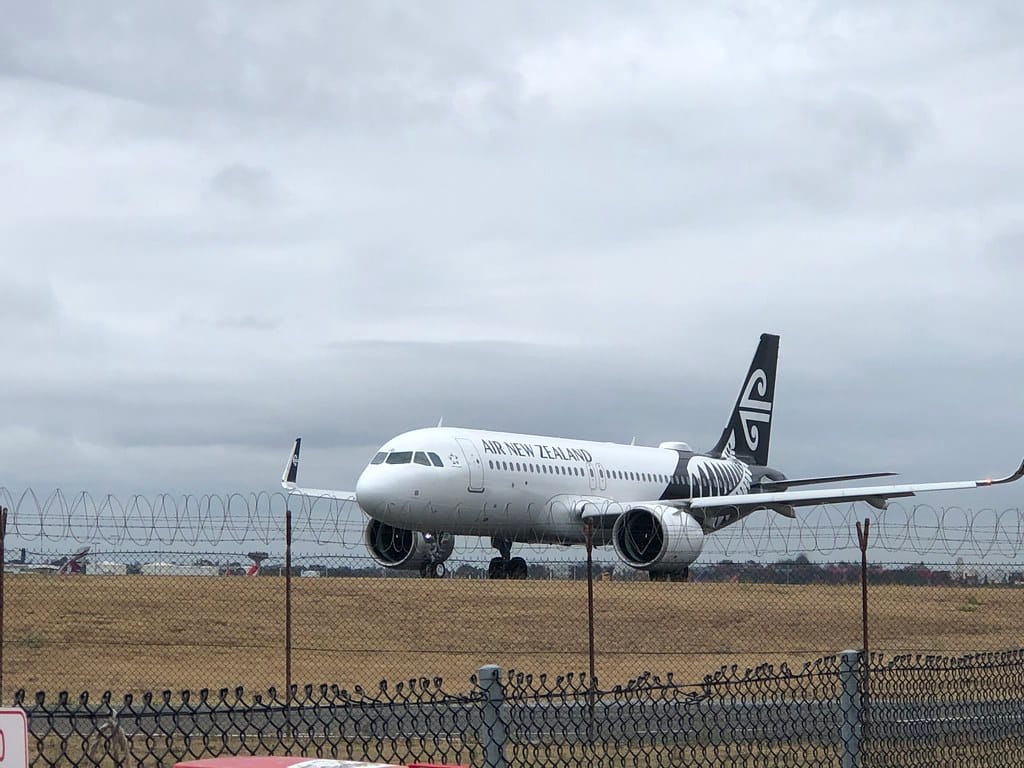New Zealand Aviation Crisis: How a Simple Data Transfer Glitch Grounded an Entire Nation's Flights
A routine data transfer malfunction brought New Zealand's aviation system to its knees this week, forcing the cancellation of dozens of flights and stranding thousands of passengers in what experts are calling one of the country's most significant air traffic control failures in recent memory.
The Day the Skies Went Silent
On Thursday morning, New Zealand's air traffic control systems experienced a catastrophic failure that lasted several hours, effectively shutting down the country's airspace. Airways New Zealand, the state-owned enterprise responsible for managing the nation's air traffic, confirmed that a data transfer issue was the likely culprit behind the widespread disruption.
The failure occurred during peak morning hours, impacting both domestic and international flights across major airports including Auckland, Wellington, and Christchurch. Airlines were forced to ground aircraft, with some flights diverted to Australian airports as a precautionary measure.
The Ripple Effect Across the Pacific
The implications of New Zealand's air traffic control failure extended far beyond its borders. As an isolated island nation in the South Pacific, New Zealand serves as a critical hub for trans-Pacific flights connecting Australia, Asia, and the Americas.
Key impacts included:
- Over 50 domestic flights cancelled or delayed
- International routes to Sydney, Melbourne, and Los Angeles disrupted
- Estimated economic impact of NZ$2-3 million in lost productivity and compensation
- Thousands of passengers stranded at airports nationwide
Air New Zealand, the country's flagship carrier, was particularly affected, with the airline implementing emergency protocols to manage passenger rebooking and accommodation needs.
Technical Breakdown: When Data Transfer Goes Wrong
While Airways New Zealand has been cautious about releasing detailed technical information, preliminary investigations suggest the failure originated in the data transfer systems that coordinate between different air traffic control centers. These systems are responsible for seamlessly handing off aircraft as they move between controlled airspace zones.
Modern air traffic control relies heavily on automated data sharing between multiple centers. When Auckland's control center attempts to pass flight information to Wellington's system, for instance, this data must transfer flawlessly to ensure continuous tracking and safety protocols. Any disruption in this chain can force controllers to revert to manual processes or, in severe cases, ground flights entirely.
The failure highlights the increasing vulnerability of critical infrastructure that depends on complex digital systems. Similar incidents have occurred globally, including a 2023 FAA system failure in the United States that grounded all domestic flights for several hours.
Aviation Safety: No Compromise Protocol
Airways New Zealand's decision to halt operations, while disruptive, demonstrates the aviation industry's unwavering commitment to safety. When air traffic controllers lose the ability to reliably track and communicate with aircraft, the only responsible action is to stop operations until systems are fully restored.
"The safety of passengers and crew is always our top priority," said a spokesperson for Airways New Zealand. "When we cannot guarantee the integrity of our tracking and communication systems, we must take precautionary measures, even if it means significant operational disruption."
This approach aligns with international aviation safety standards, where system redundancy and fail-safe protocols are built into every aspect of air traffic management.
Recovery and Lessons Learned
Airways New Zealand worked throughout Thursday to restore full functionality, bringing systems back online in phases. The organization has launched a comprehensive investigation into the root cause, working with technology partners and international aviation authorities to prevent similar incidents.
The failure has renewed discussions about infrastructure resilience and the need for robust backup systems. New Zealand's geographic isolation makes such disruptions particularly challenging, as alternative routing options are limited compared to countries with extensive regional connectivity.
Looking Forward: Strengthening Digital Aviation Infrastructure
This incident serves as a stark reminder of modern aviation's dependence on digital infrastructure. As air traffic volume continues to grow globally, the stakes for maintaining reliable, redundant systems become ever higher.
For passengers and airlines alike, the New Zealand air traffic control failure demonstrates both the fragility of our interconnected transportation systems and the aviation industry's commitment to safety-first protocols. While disruptive, the swift response and systematic restoration of services showcase the professionalism and preparedness that keep air travel among the world's safest forms of transportation.
The investigation's findings will likely influence air traffic control system design and maintenance protocols not just in New Zealand, but across the global aviation community.
